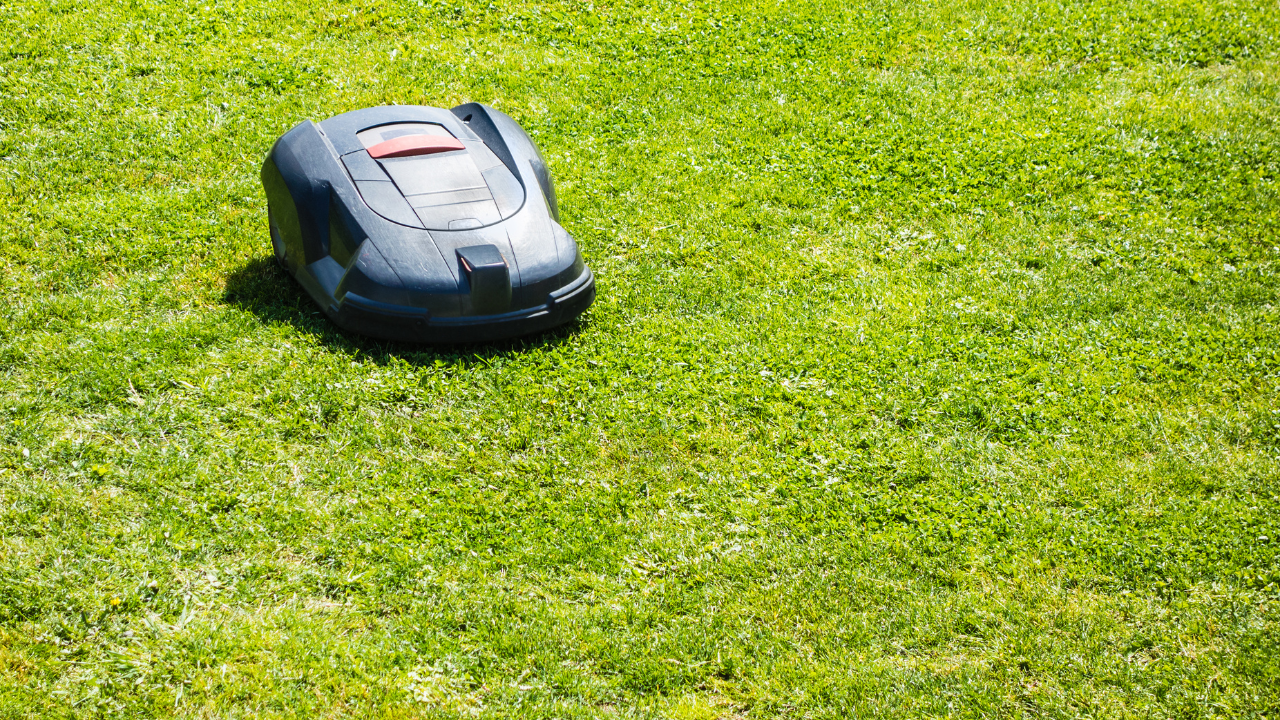
In recent years, the adoption of robotic lawn mowers has seen a significant surge, with 2024 marking a pivotal moment in their popularity. This article delves into the reasons behind this burgeoning trend, exploring the technological advancements, environmental concerns, and lifestyle shifts driving the widespread adoption of robot lawn mowers.
Technological Advancements
Over the years, robot lawn mowers have undergone remarkable technological advancements, making them more efficient, reliable, and user-friendly. In 2024, these advancements have reached new heights, with features such as GPS navigation, smart sensors, and automated scheduling becoming standard offerings. These innovations have transformed robot lawn mowers from mere gadgets to sophisticated lawn care solutions capable of delivering precise and consistent results.
Time and Labor Savings
One of the primary reasons for the growing popularity of robot lawn mowers is their ability to save time and labor for homeowners. In today’s fast-paced world, where time is a precious commodity, the convenience of having a robot mower take care of lawn maintenance tasks is highly appealing. With autonomous operation and programmable schedules, users can set their robot mowers to work while they focus on other activities, whether it’s spending time with family, pursuing hobbies, or simply relaxing.
Environmental Benefits
The increasing emphasis on sustainability and environmental conservation has also contributed to the rise of robot lawn mowers. Unlike traditional gas-powered mowers, which emit harmful pollutants and contribute to noise pollution, robot mowers are electrically powered and produce zero emissions during operation. Additionally, their efficient cutting mechanisms reduce the need for fertilizers and pesticides, promoting healthier lawns and minimizing chemical runoff into the environment.
Precision and Consistency
Robot lawn mowers are designed to mow lawns with precision and consistency, ensuring a uniform grass height across the entire lawn. This level of precision is achieved through advanced navigation systems and cutting algorithms that allow the robot mower to map the lawn, identify obstacles, and adjust its mowing pattern accordingly. As a result, homeowners can enjoy a perfectly manicured lawn without the hassle of manual labor or the risk of uneven cutting.
Adaptability to Various Lawn Types
Another factor driving the popularity of robot lawn mower is their adaptability to various lawn types and sizes. Whether it’s a small urban yard, a sprawling suburban lawn, or a complex landscape with slopes and obstacles, robot mowers are designed to handle diverse terrain with ease. With their ability to navigate narrow passages, maneuver around obstacles, and tackle inclines, they offer homeowners a versatile solution for maintaining their outdoor spaces.
Integration with Smart Home System
In 2024, the integration of robot lawn mowers with smart home systems has become increasingly common, further enhancing their appeal to tech-savvy consumers. By connecting their robot mowers to Wi-Fi networks and smartphone apps, users can remotely monitor and control their mowers, receive status updates and alerts, and even schedule mowing sessions from anywhere with an internet connection. This seamless integration with smart home ecosystems adds another layer of convenience and accessibility for users.
Cost-Effectiveness in the Long Run
While the initial investment in a robot lawn mower may seem substantial, many homeowners recognize the long-term cost-effectiveness of this investment. Unlike traditional mowers that require ongoing expenses for fuel, maintenance, and replacement parts, robot mowers have lower operational costs and minimal maintenance requirements. Over time, the savings in fuel, labor, and maintenance expenses can offset the upfront cost of the robot mower, making it a financially prudent choice for homeowners.
Conclusion
The surge in popularity of robot lawn mowers in 2024 can be attributed to a combination of technological advancements, time and labor savings, environmental benefits, precision and consistency in mowing, adaptability to various lawn types, integration with smart home systems, and long-term cost-effectiveness. As these innovative lawn care devices continue to evolve and improve, they are likely to become an indispensable tool for homeowners seeking efficient, convenient, and environmentally friendly solutions for maintaining their outdoor spaces.
Frequently Asked Questions
Are robot lawn mowers difficult to set up and operate?
No, robot lawn mowers are designed to be user-friendly and easy to set up. Most models come with straightforward installation instructions, and once installed, they can be programmed with ease using intuitive interfaces. Operating a robot lawn mower typically involves simple tasks such as setting mowing schedules and adjusting cutting heights, which can be done via smartphone apps or onboard control panels.
Do robot lawn mowers work well on all types of lawns?
Yes, robot lawn mowers are designed to work on various types of lawns, including flat or sloped terrain, narrow passages, and complex landscapes with obstacles. Advanced navigation systems and sensors enable robot mowers to navigate around obstacles, adjust their mowing patterns to different terrain, and tackle inclines with ease. However, it’s essential to choose a model that suits the size and layout of your lawn for optimal performance.
How do robot lawn mowers handle safety concerns, such as pets or children playing in the yard?
Robot lawn mowers incorporate numerous safety features to mitigate risks associated with pets or children in the yard. These features may include sensors that detect obstacles and automatically stop the mower’s blades, as well as perimeter wires or virtual boundaries that define the mowing area and prevent the mower from straying into unsafe zones. Additionally, many models offer customizable settings to adjust sensitivity levels and ensure safe operation in various environments.
See more of my gardening-related posts here
